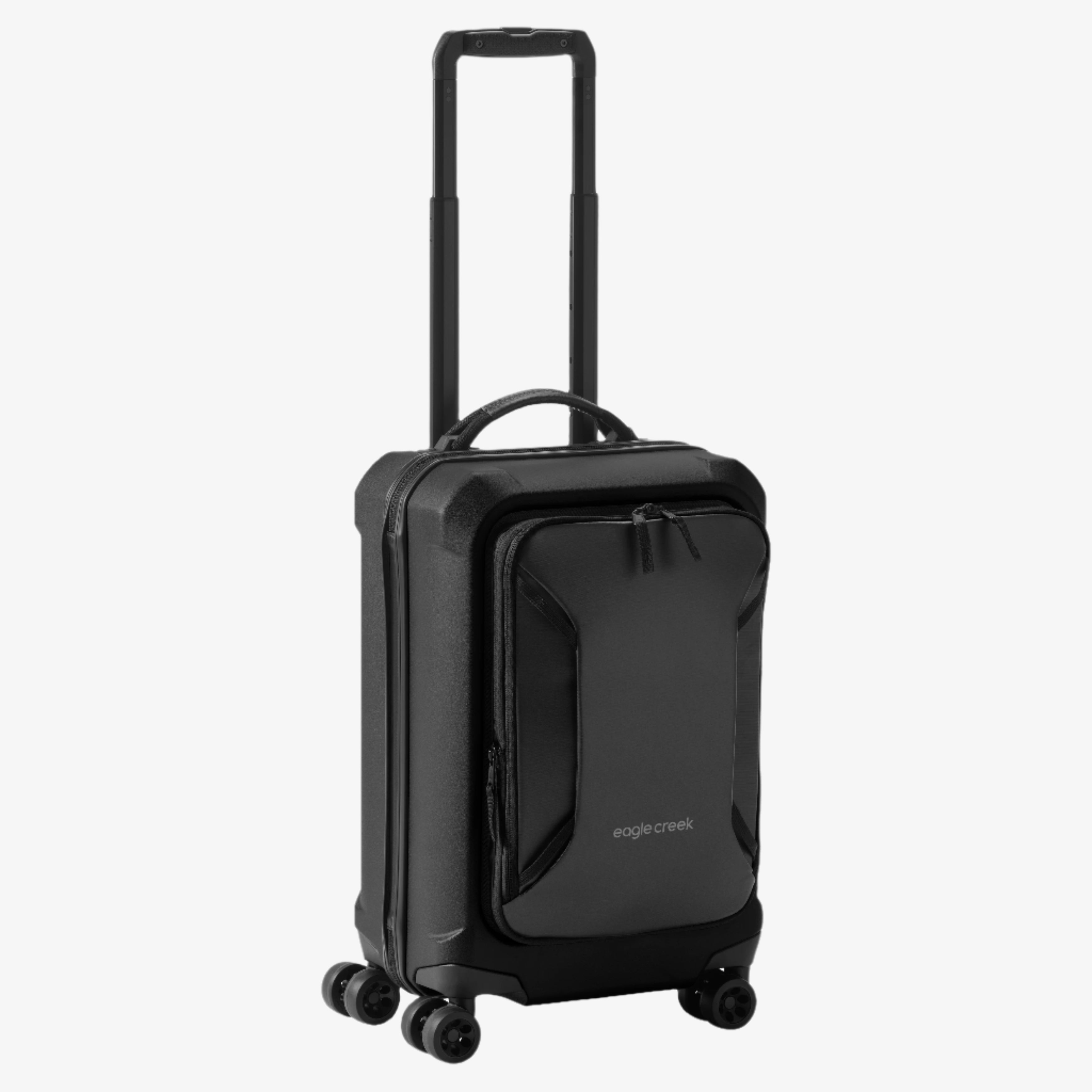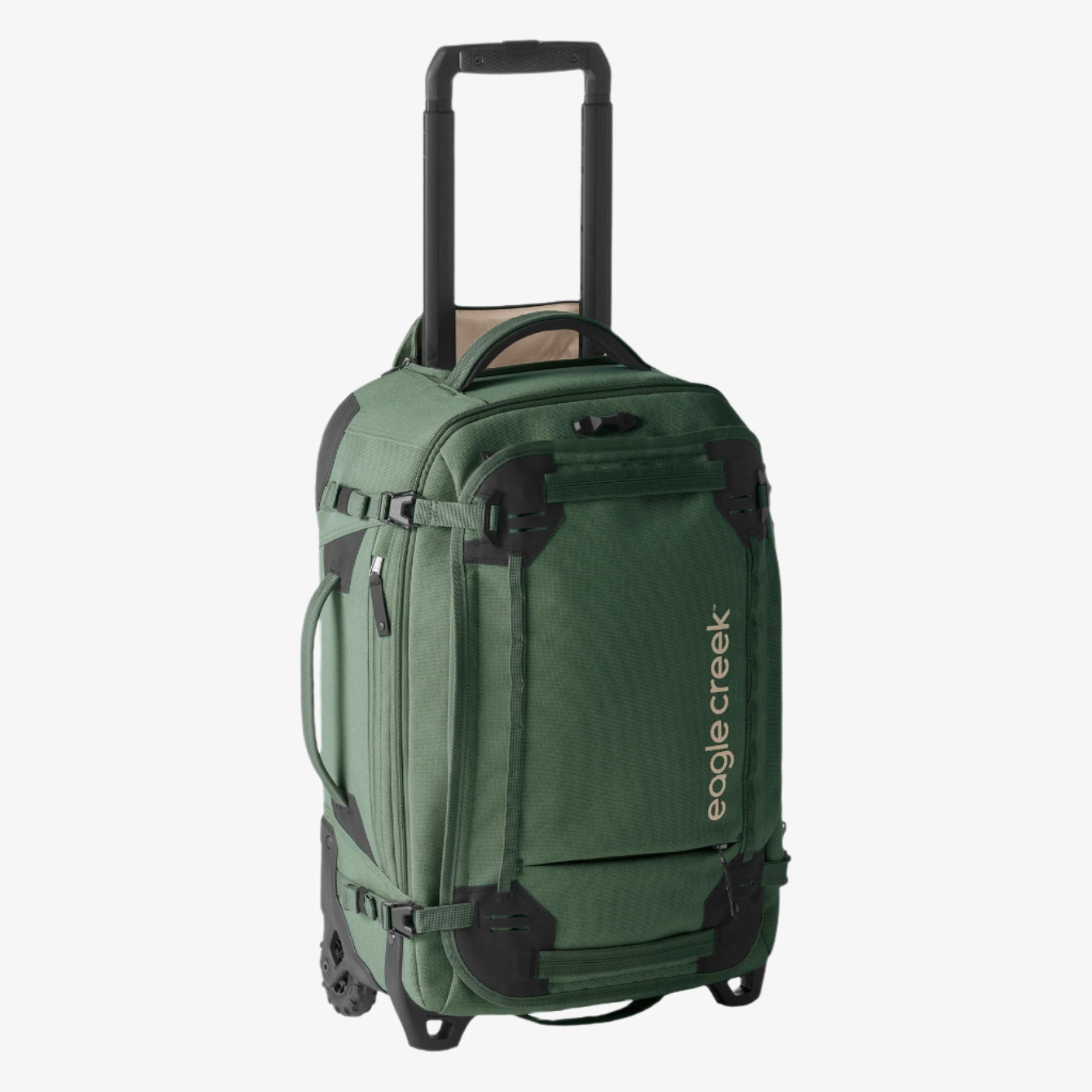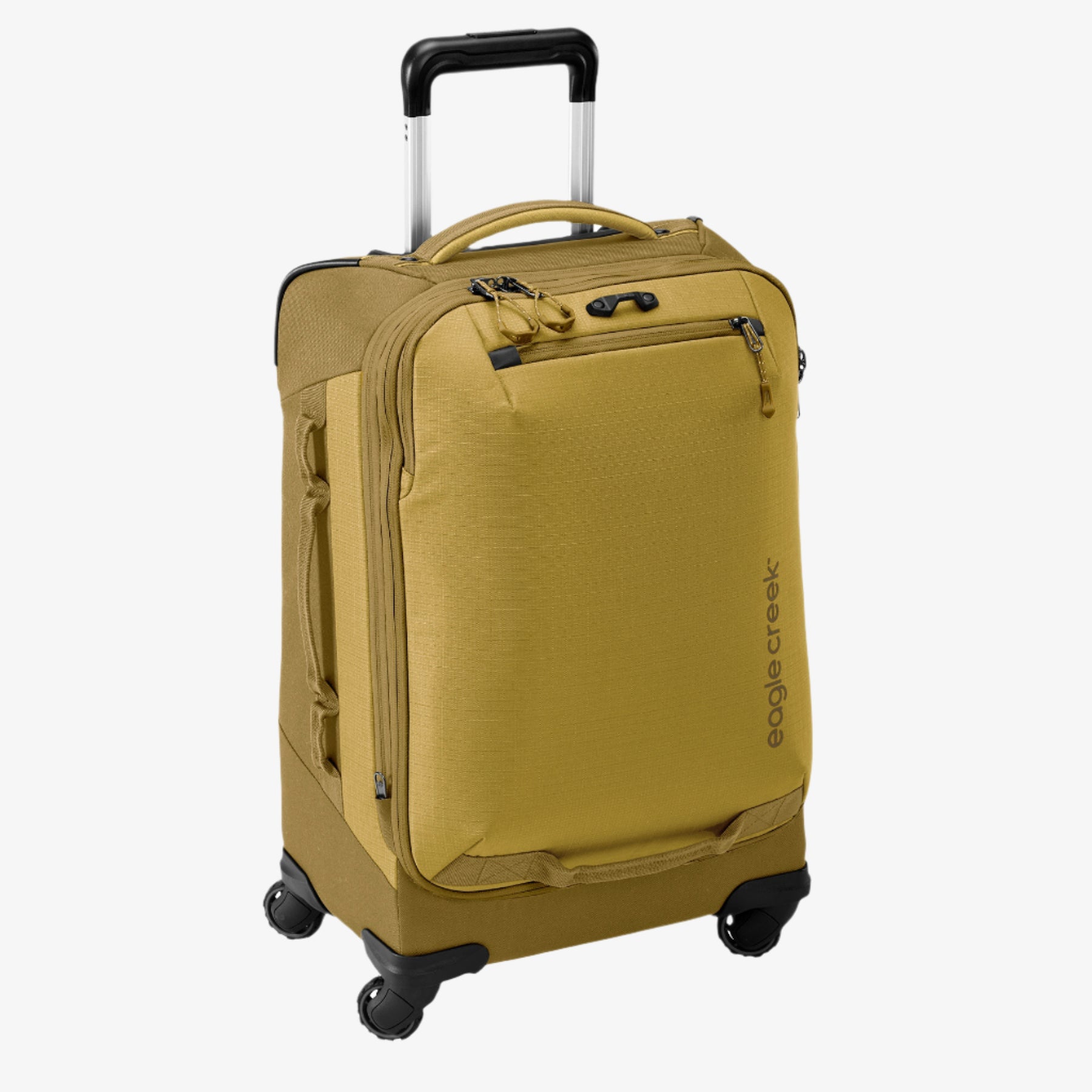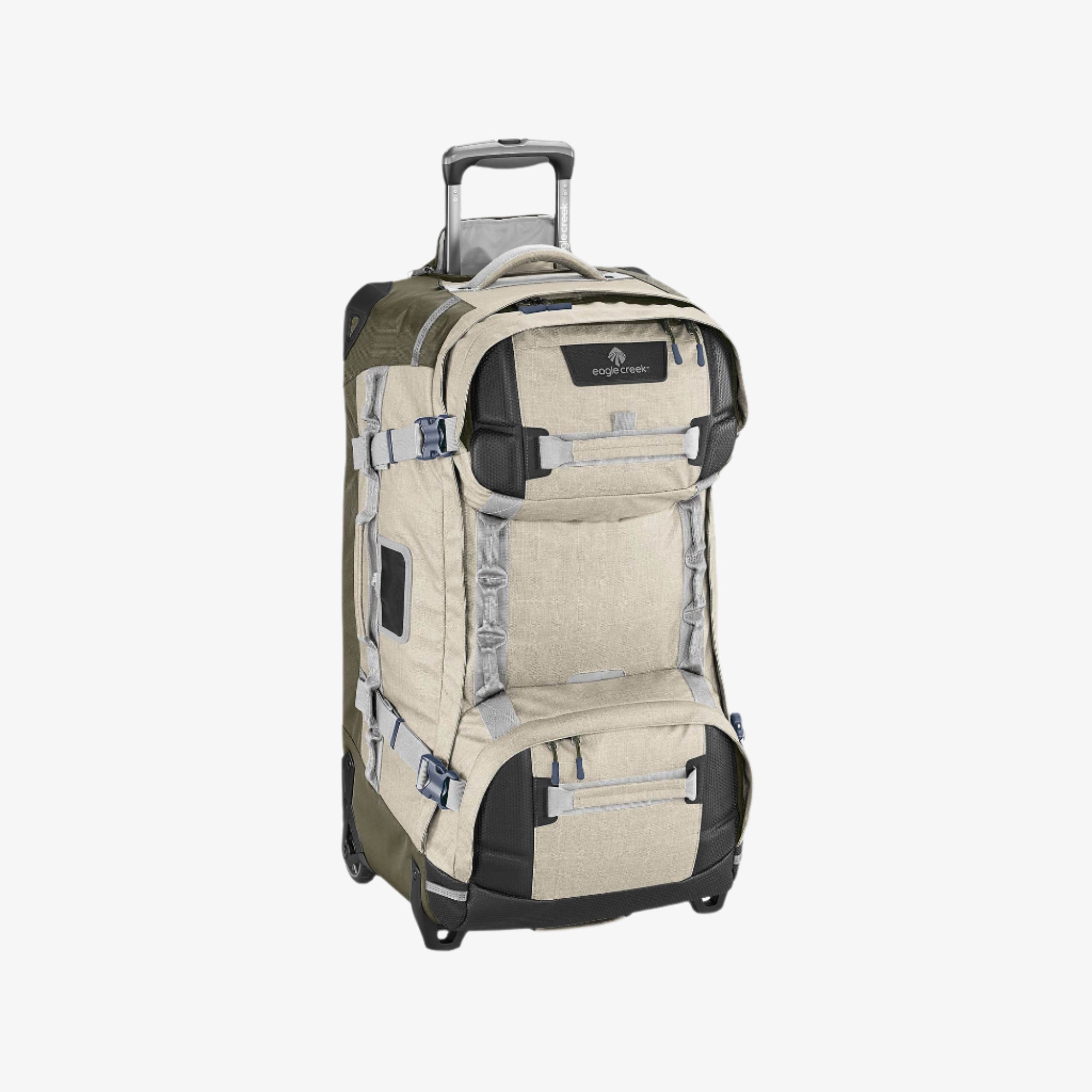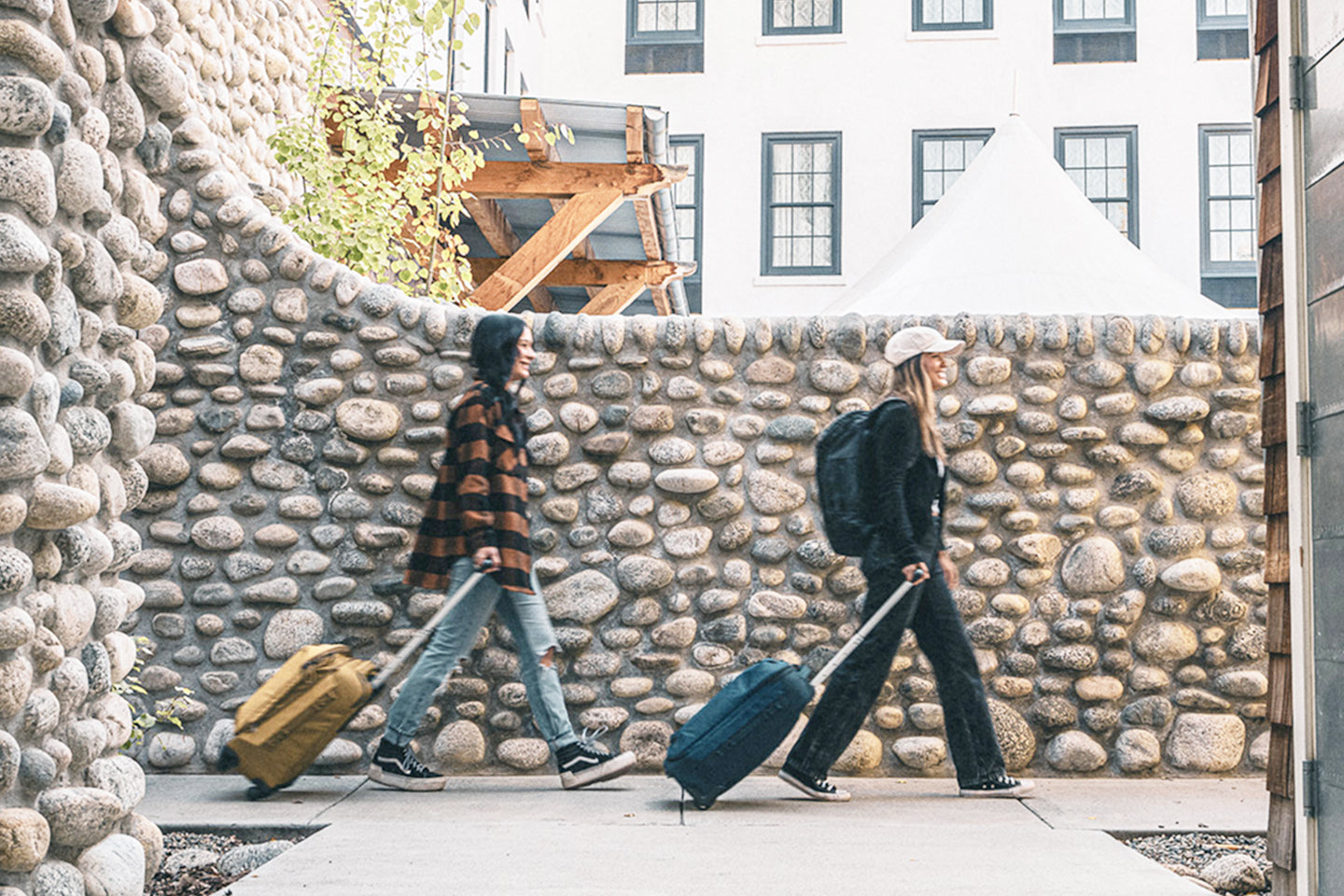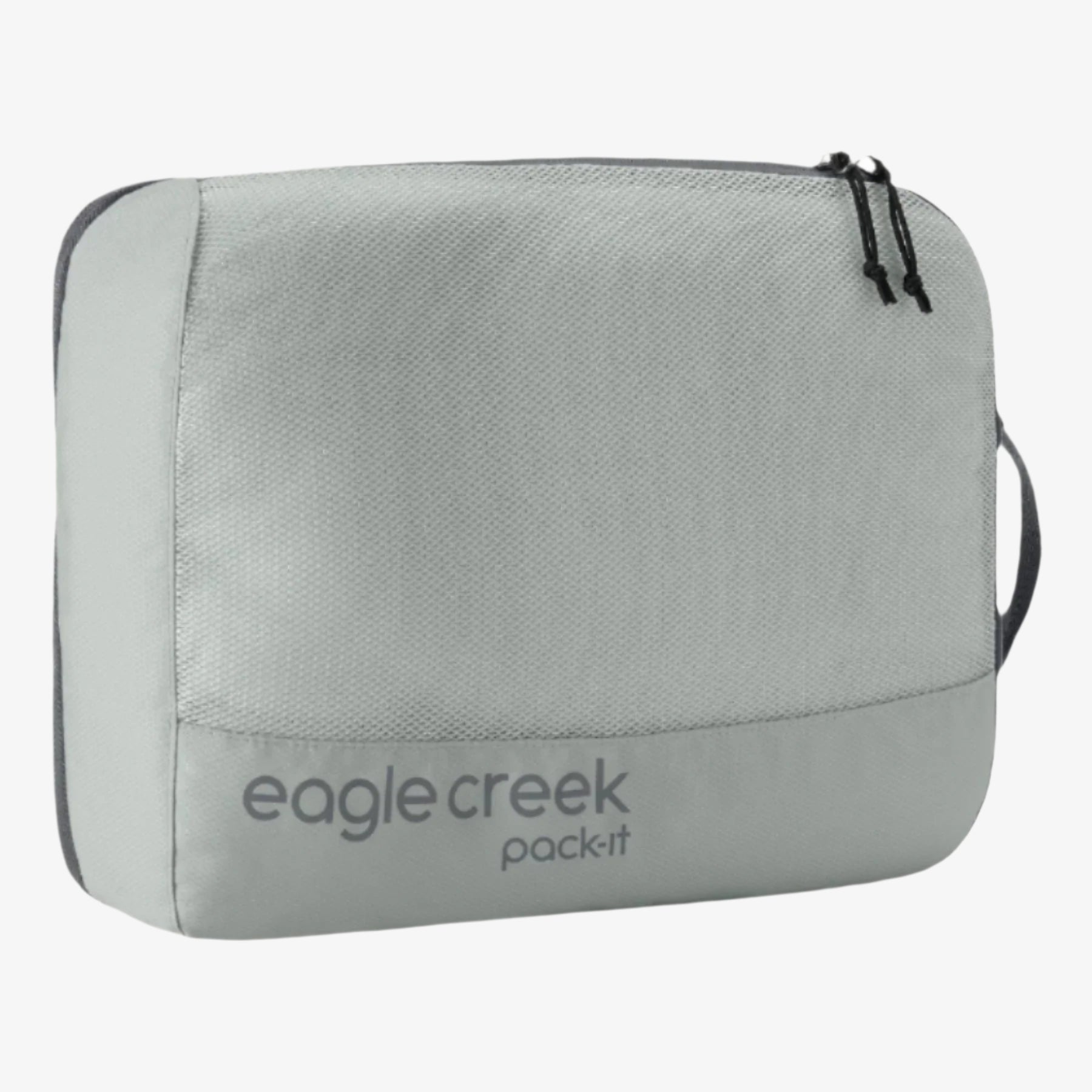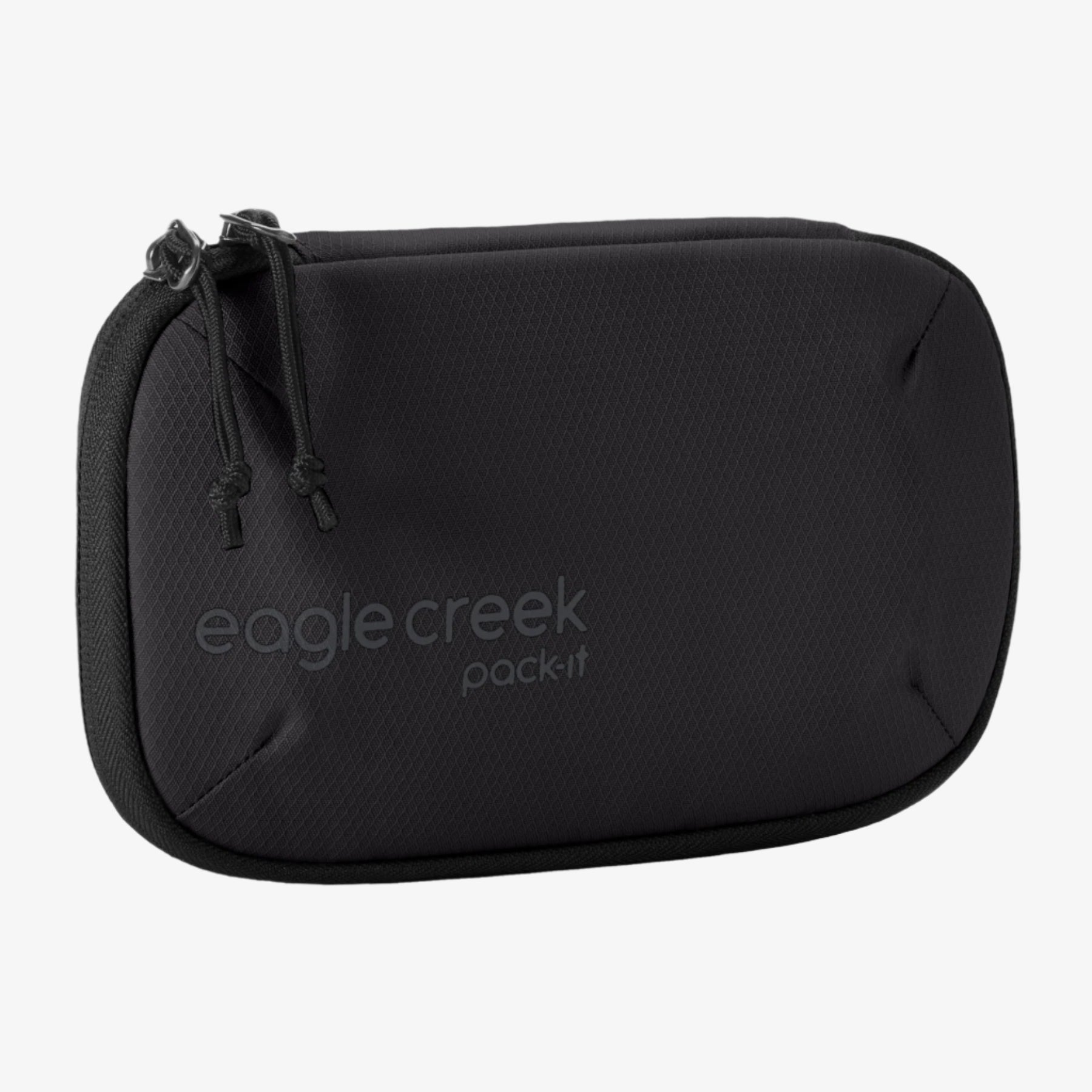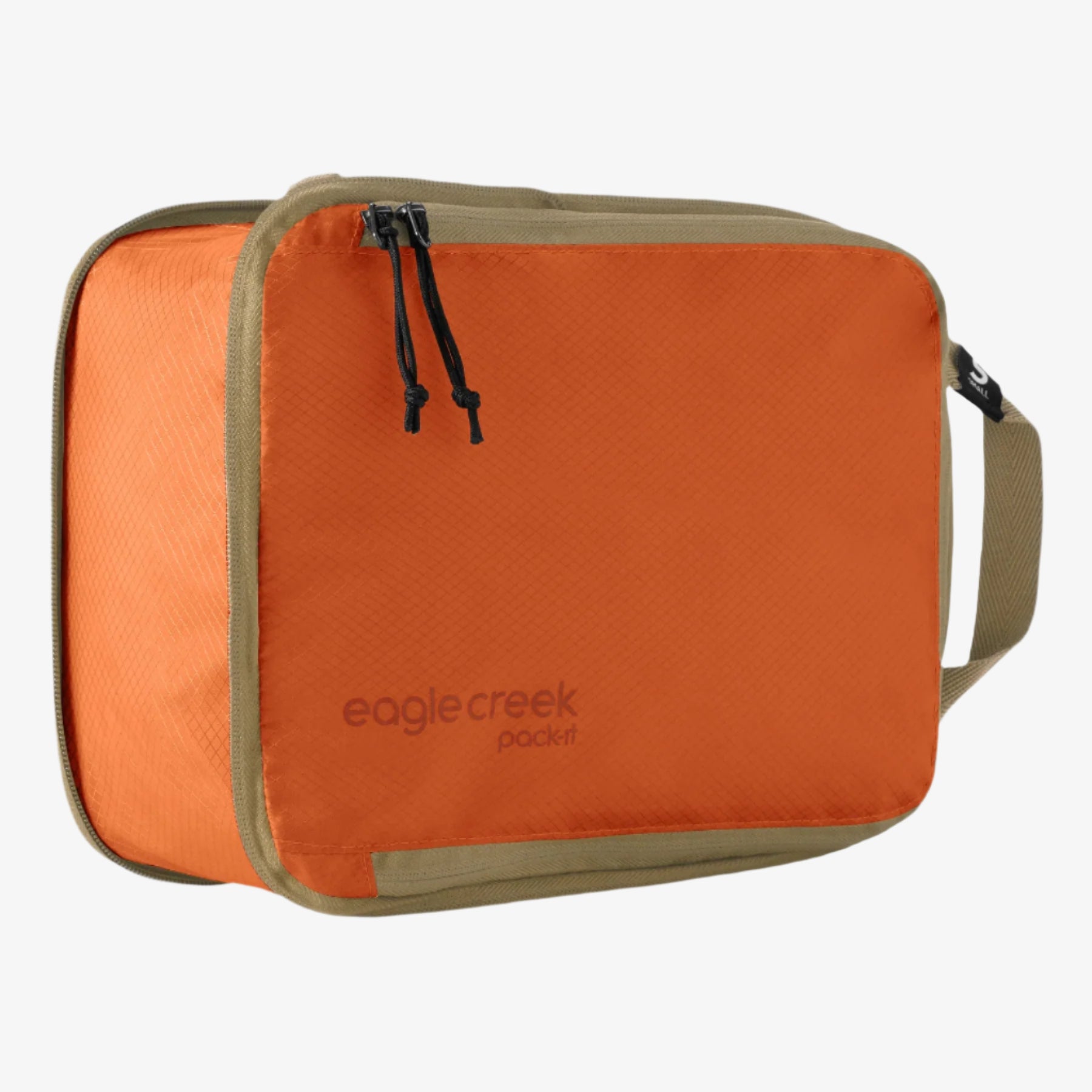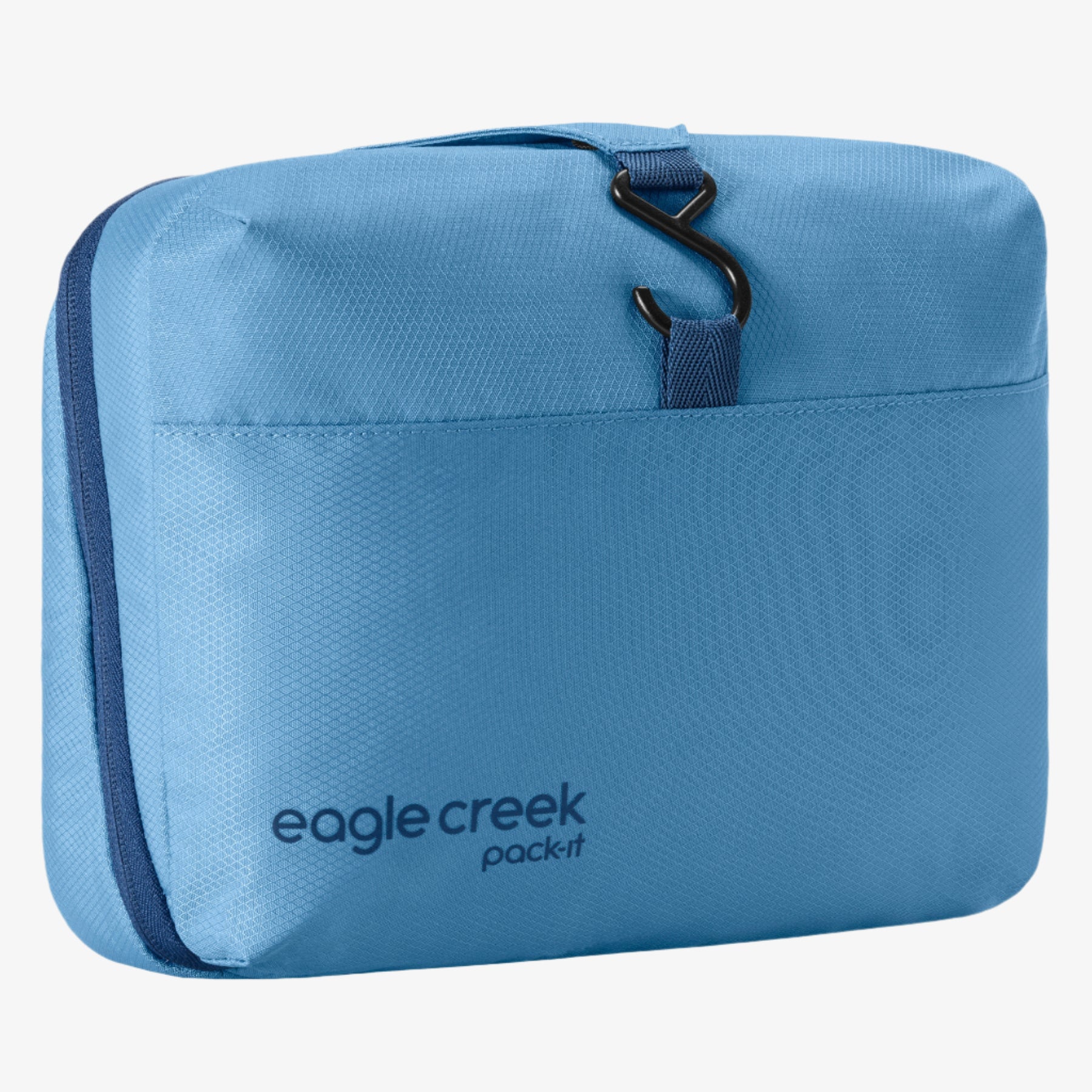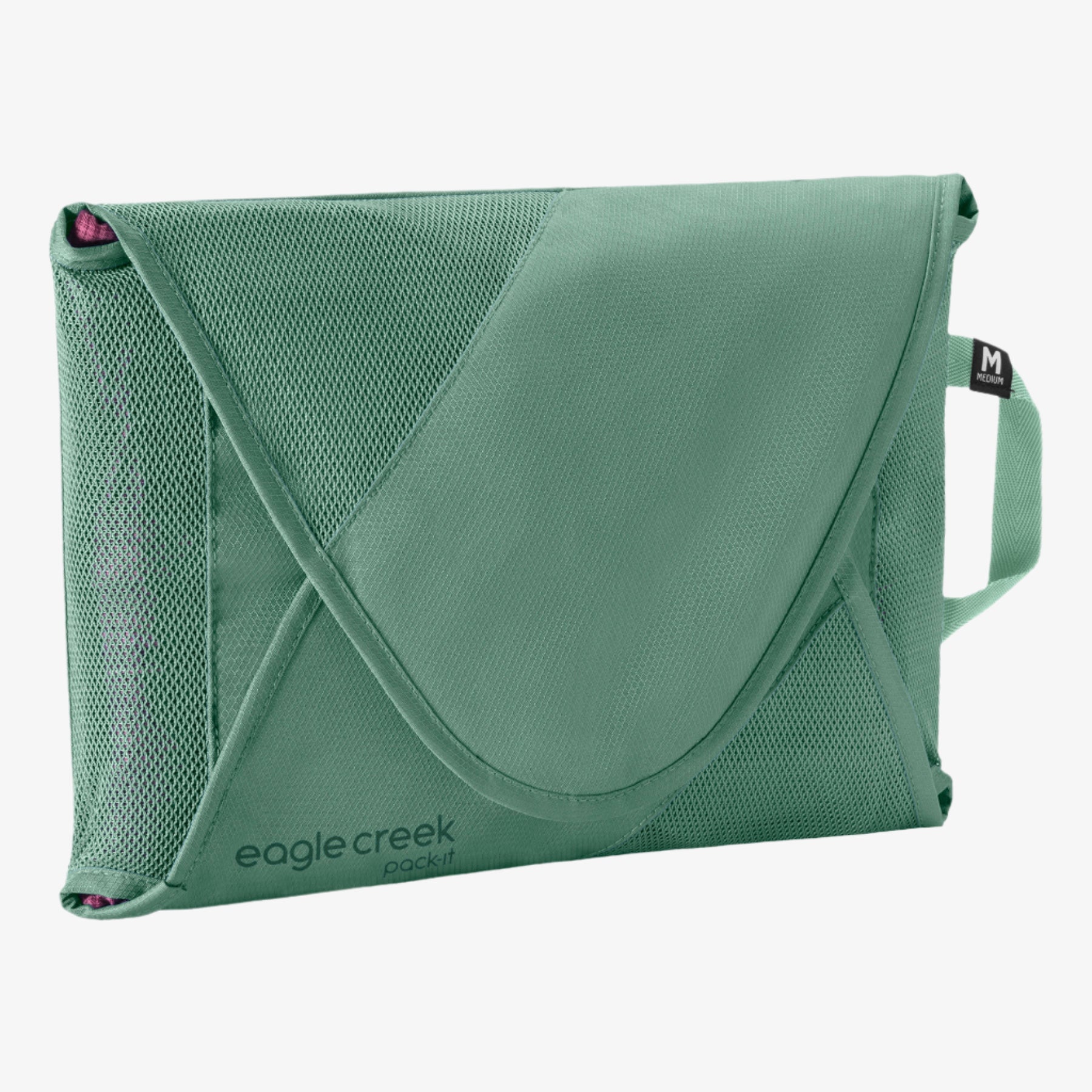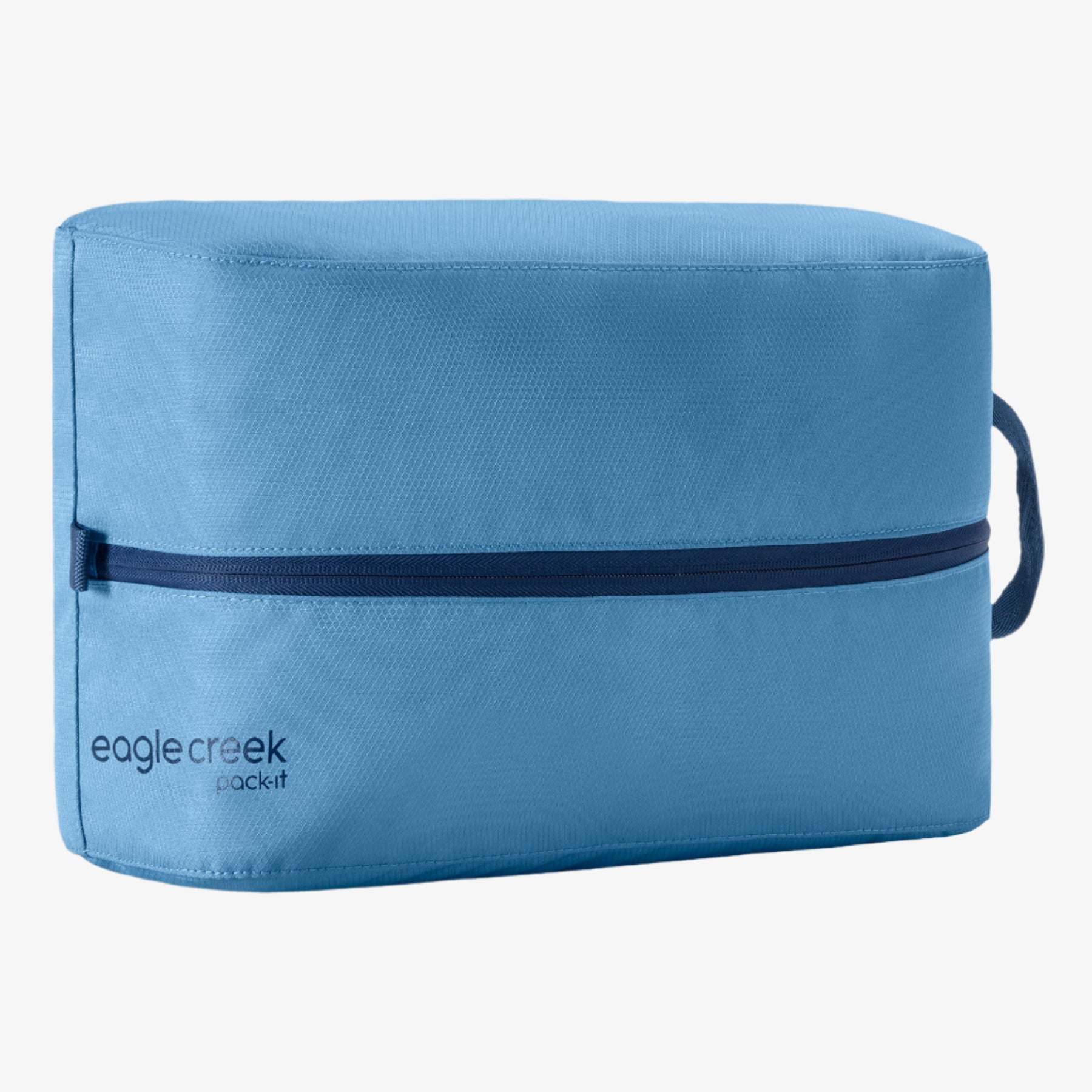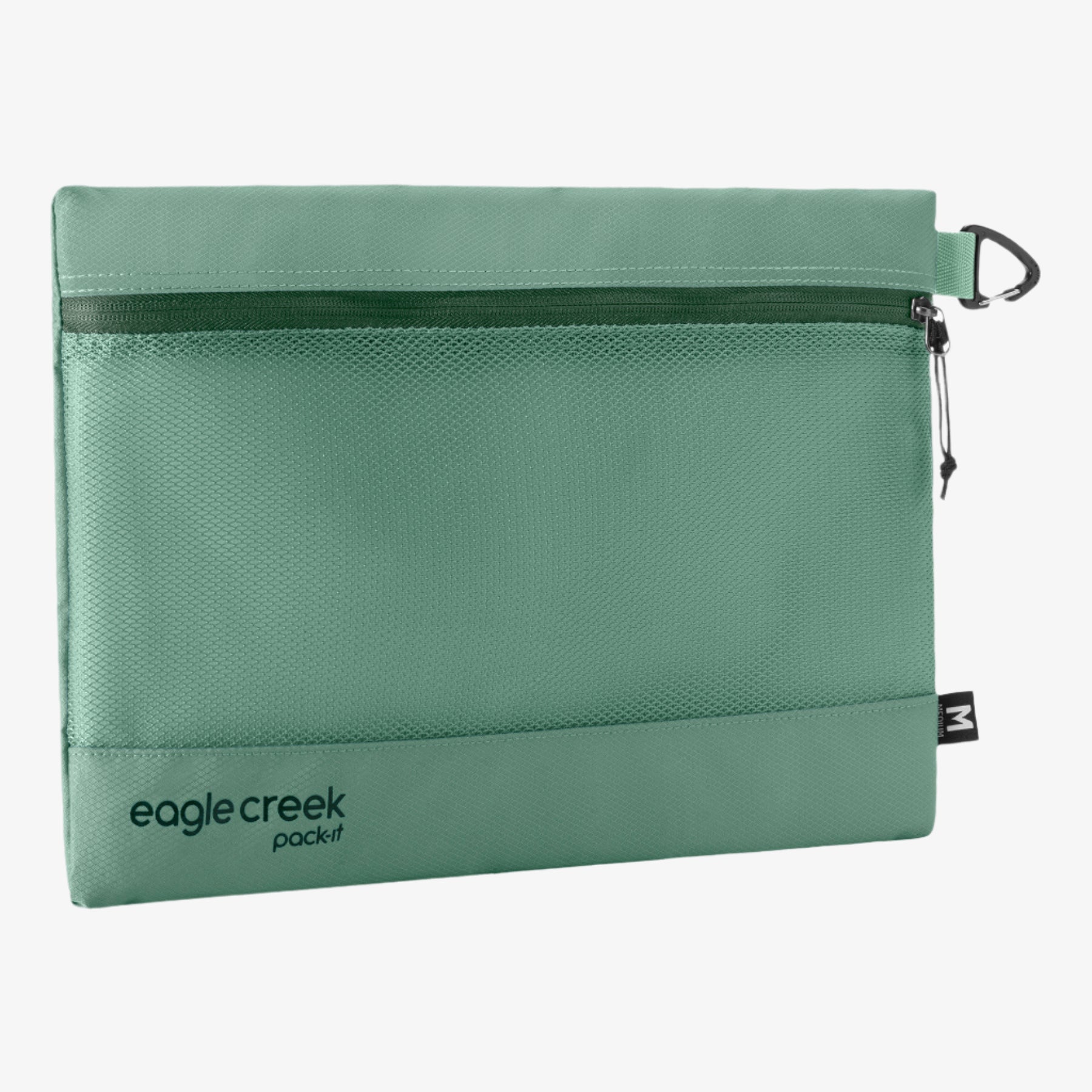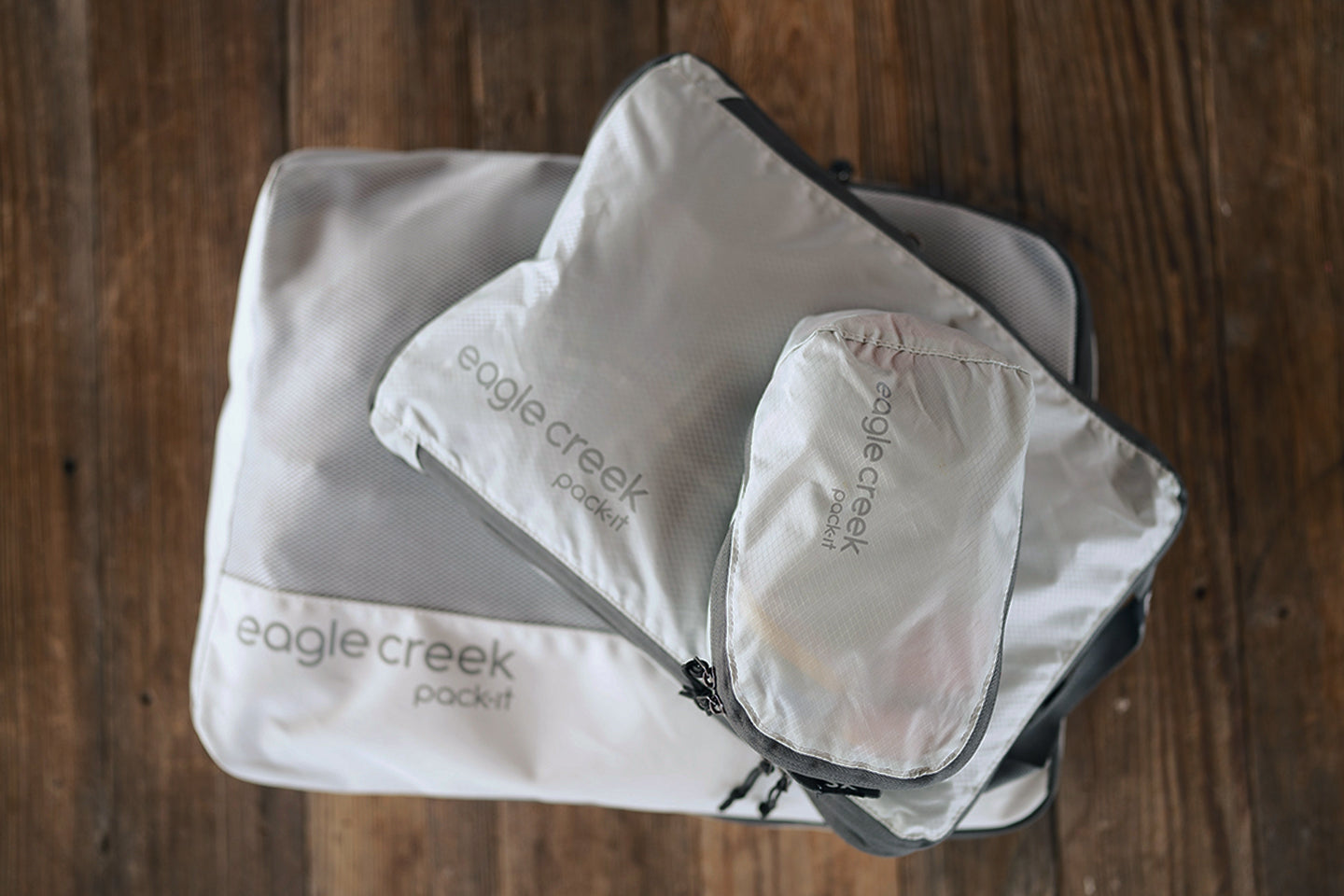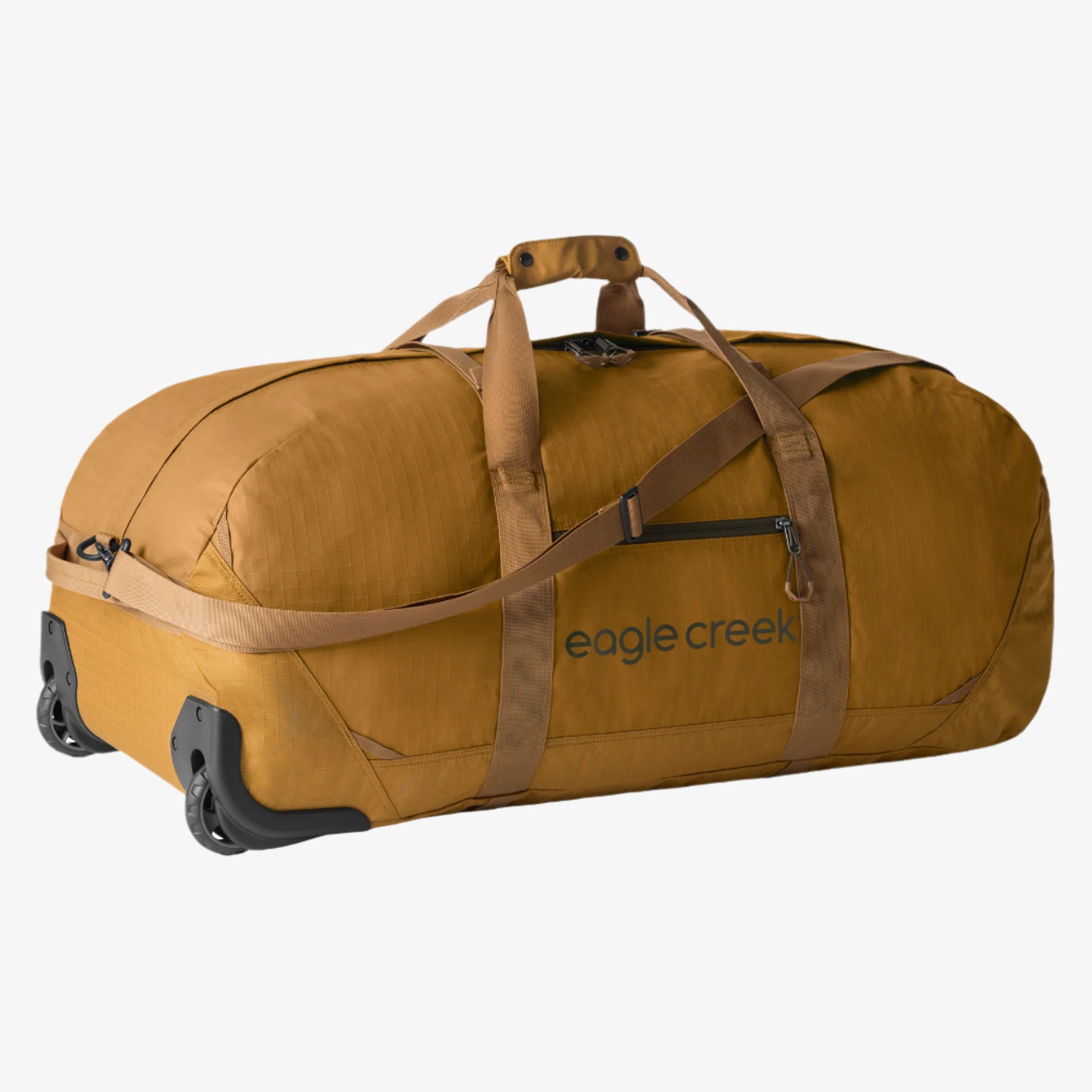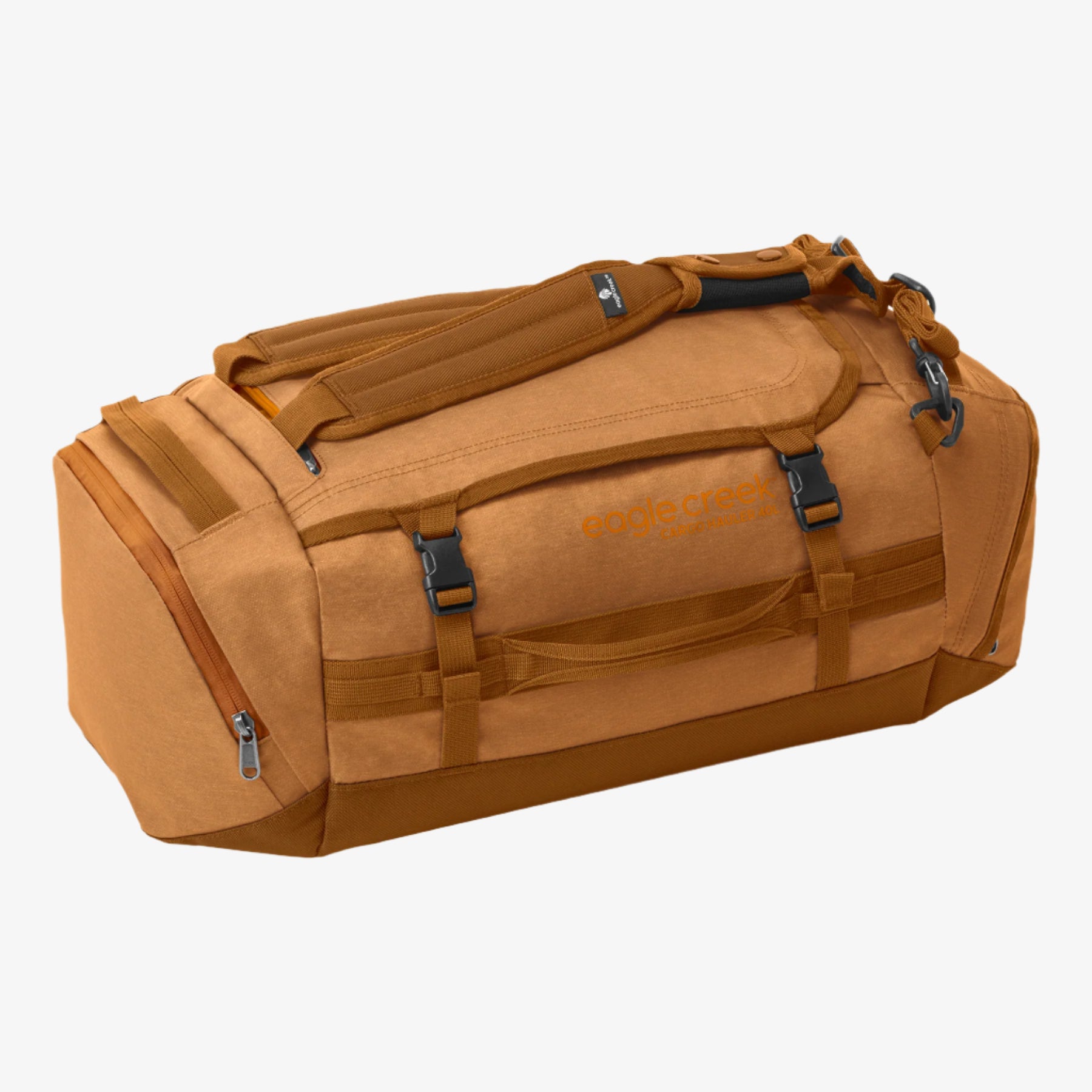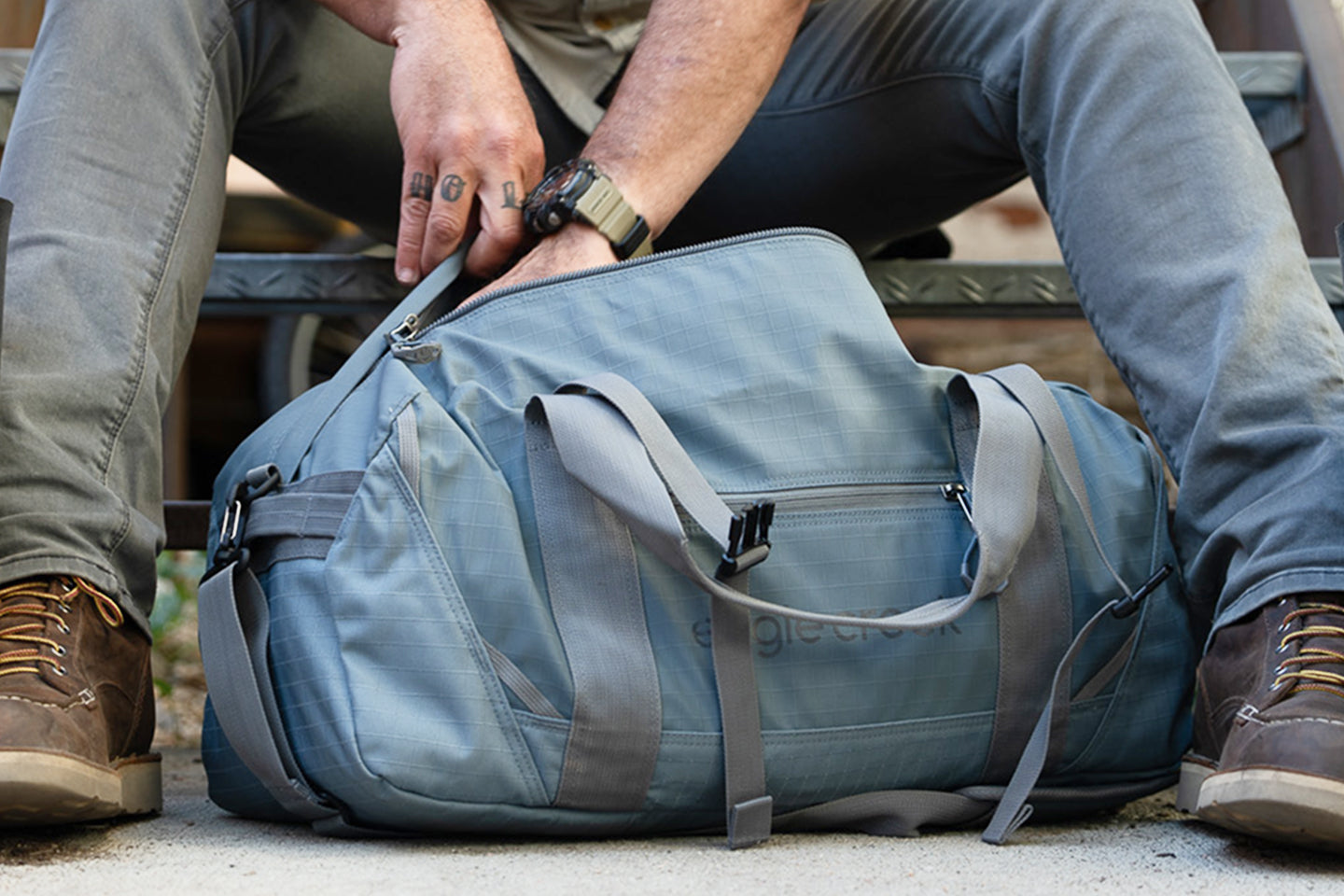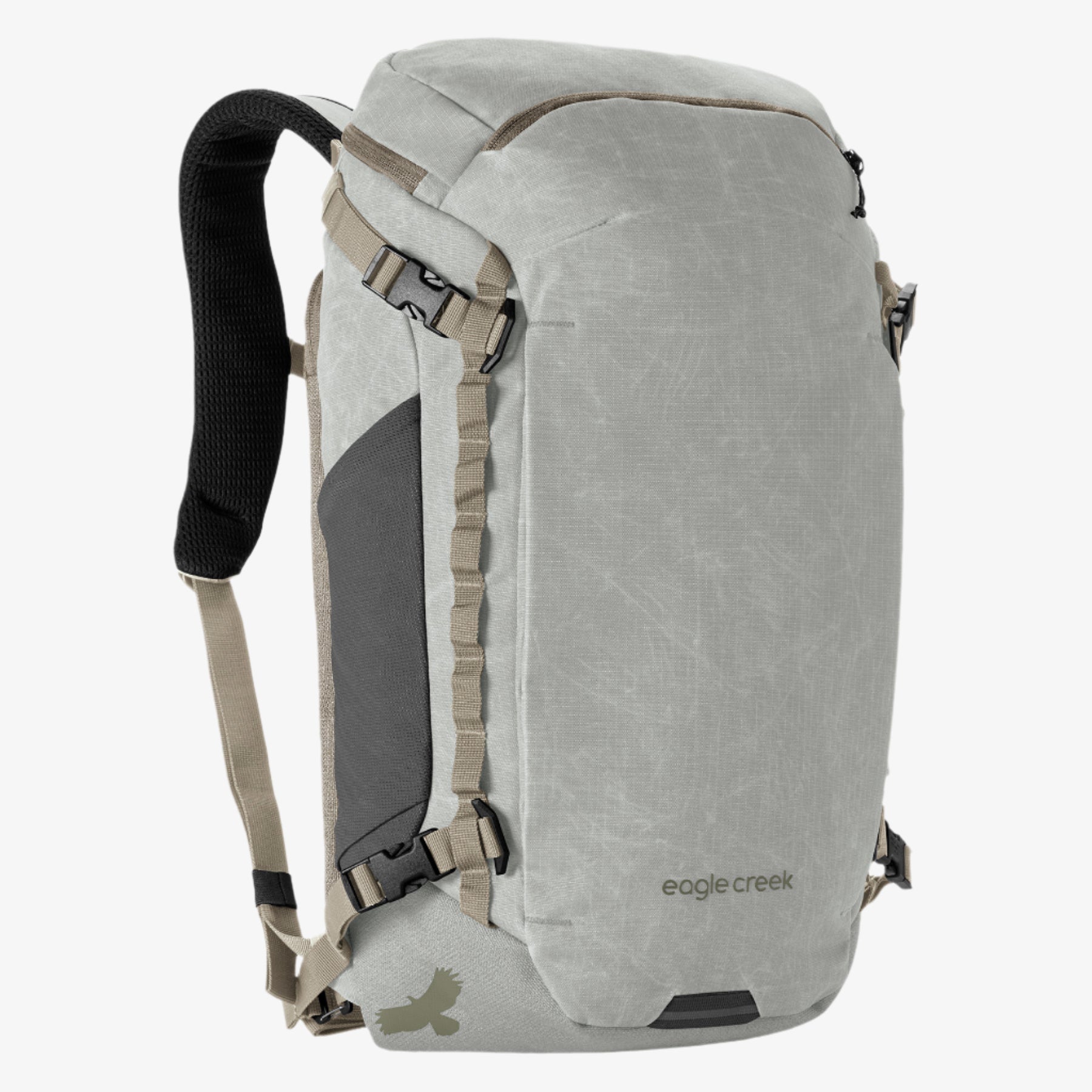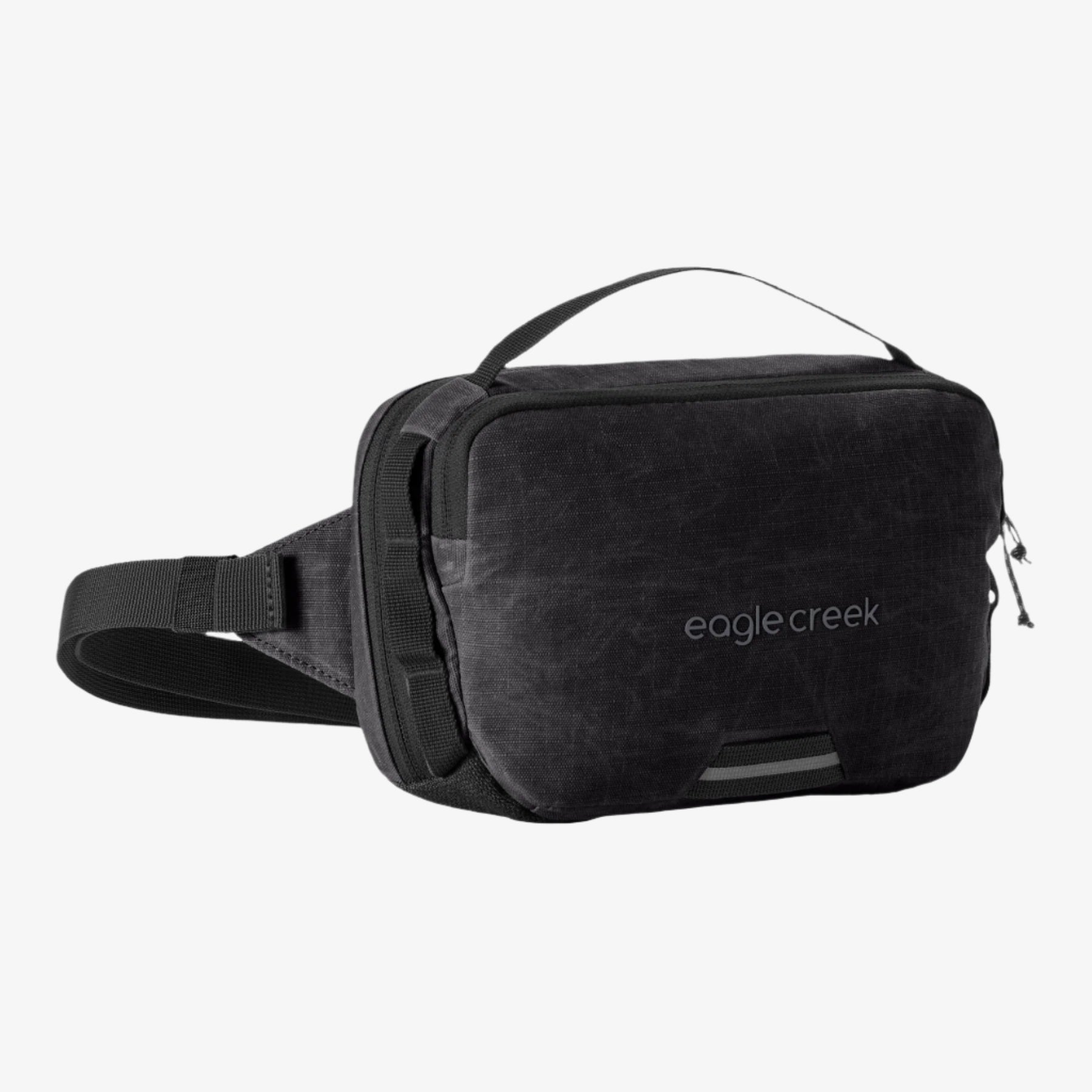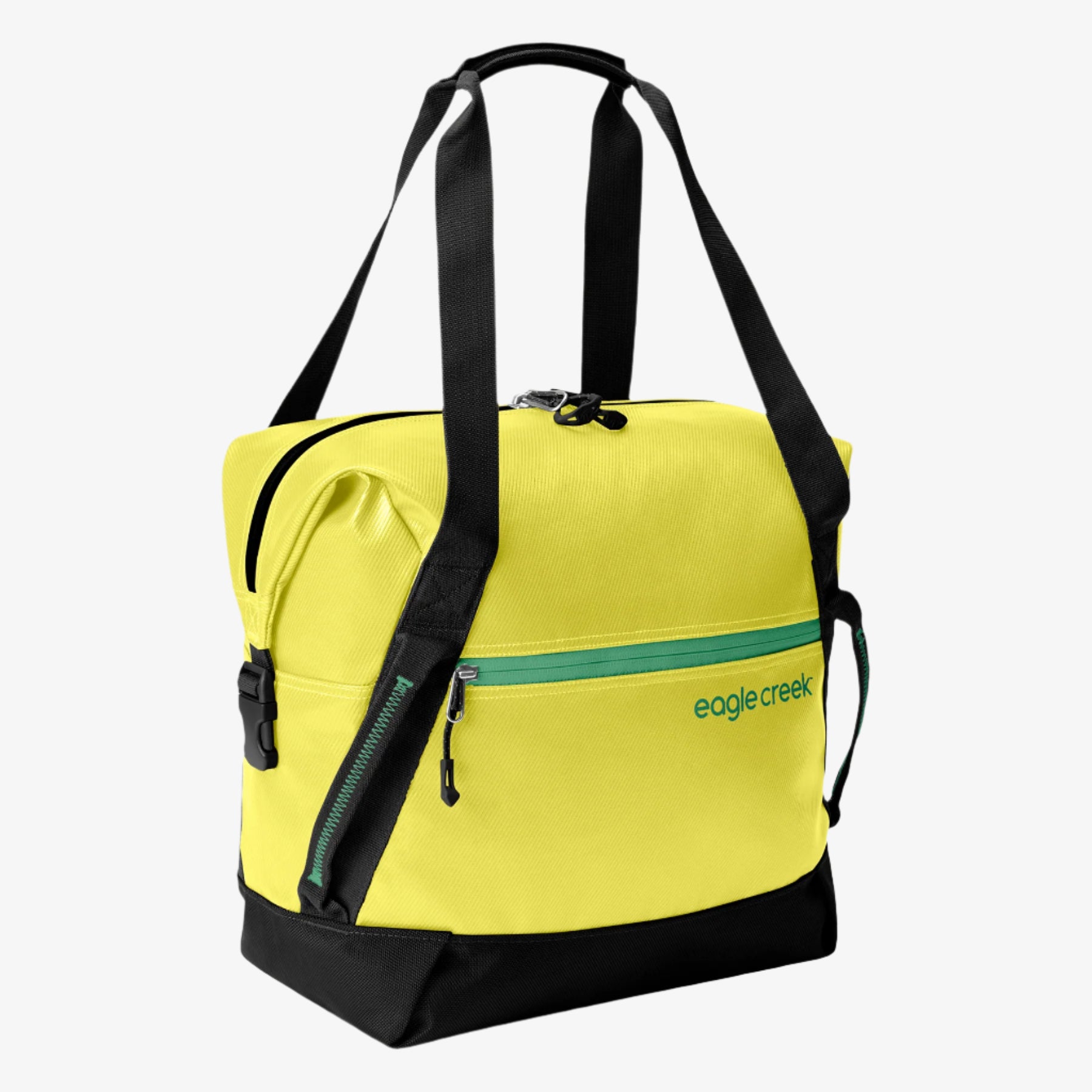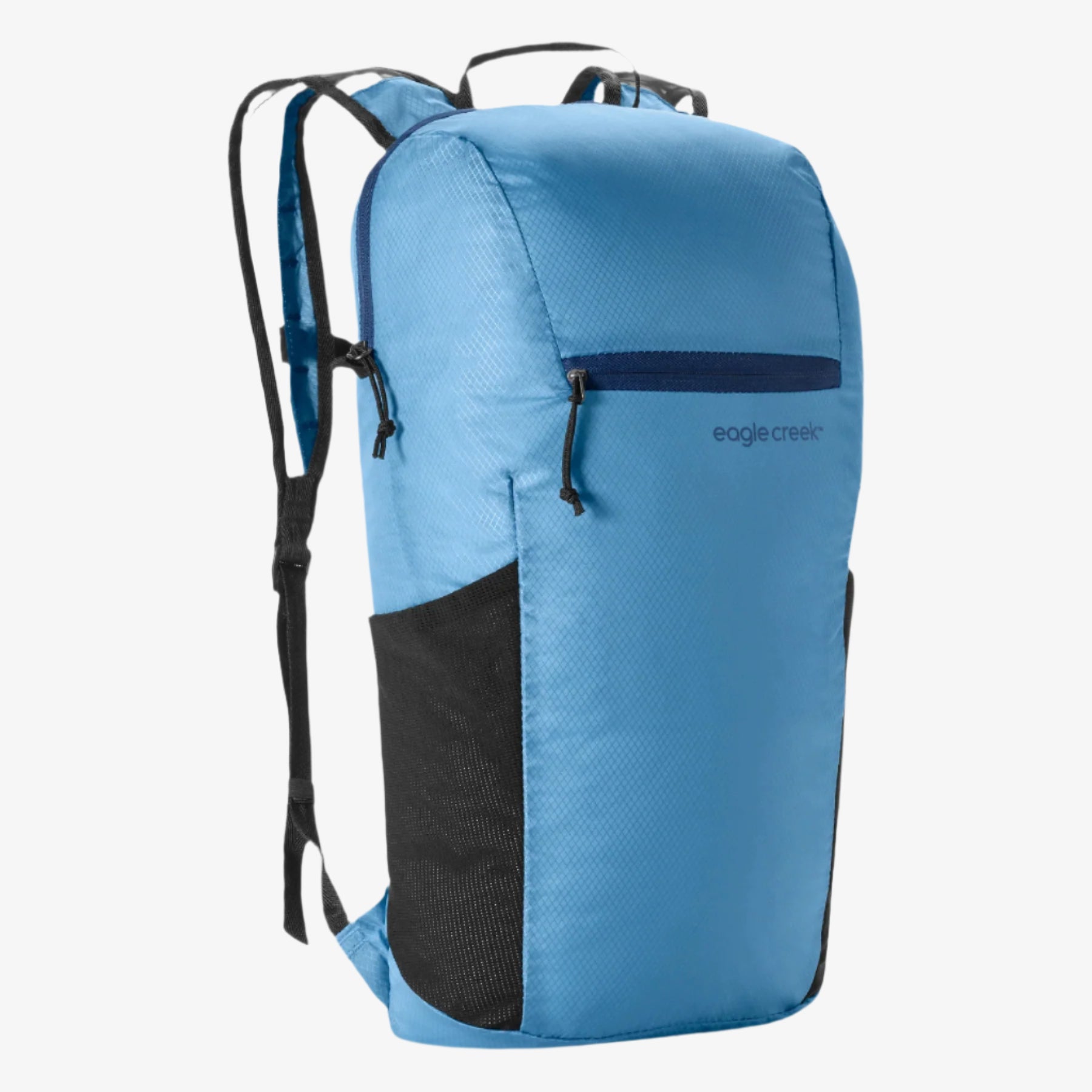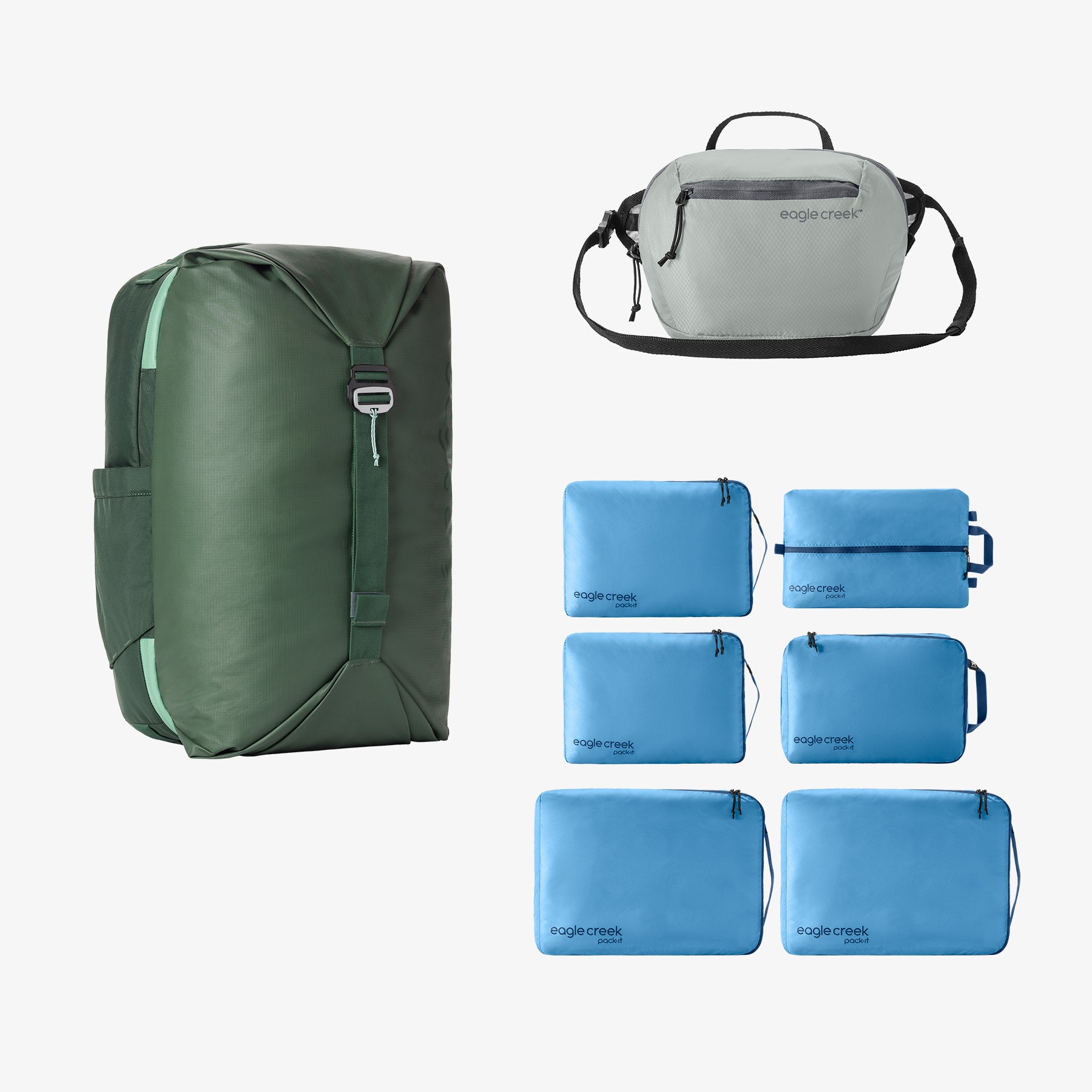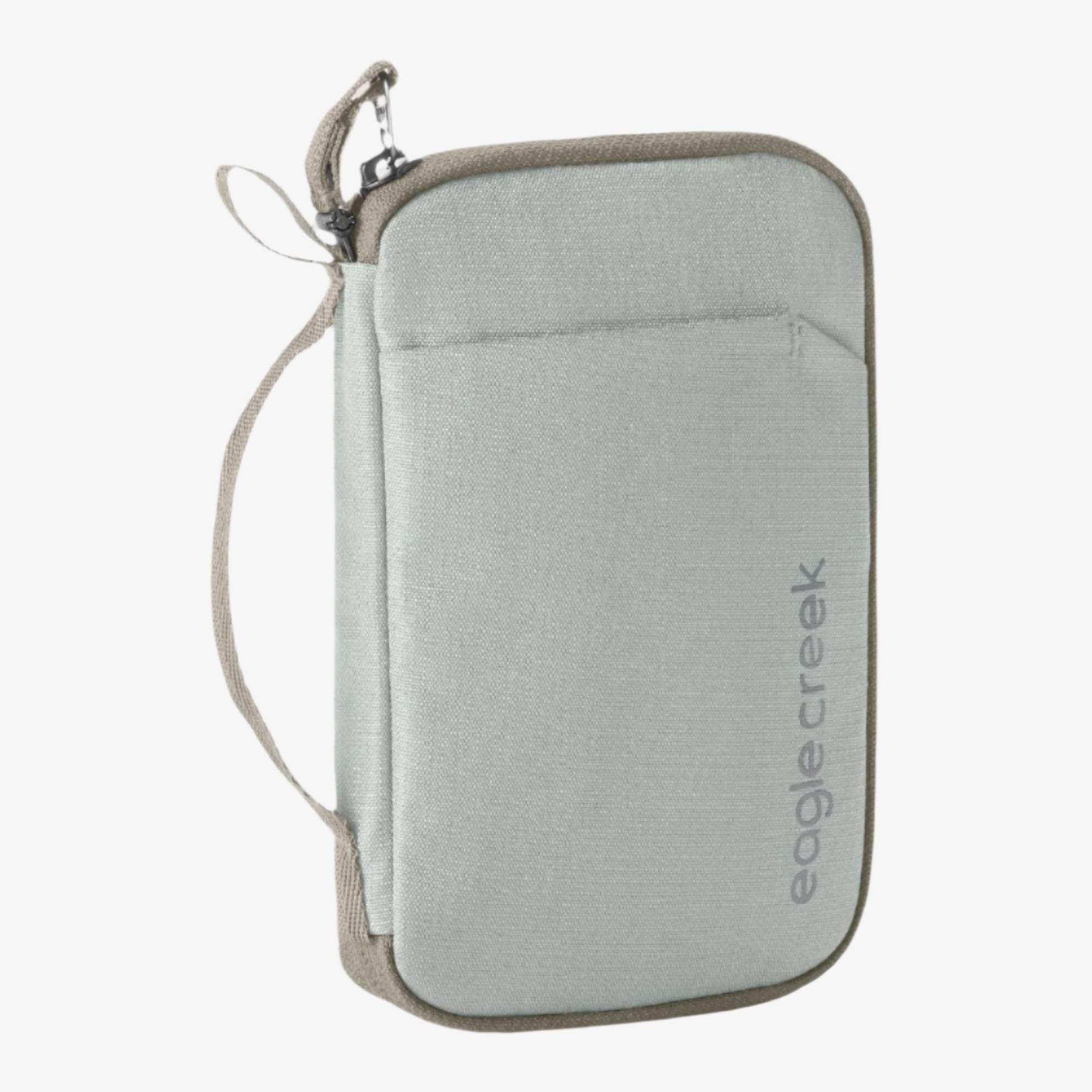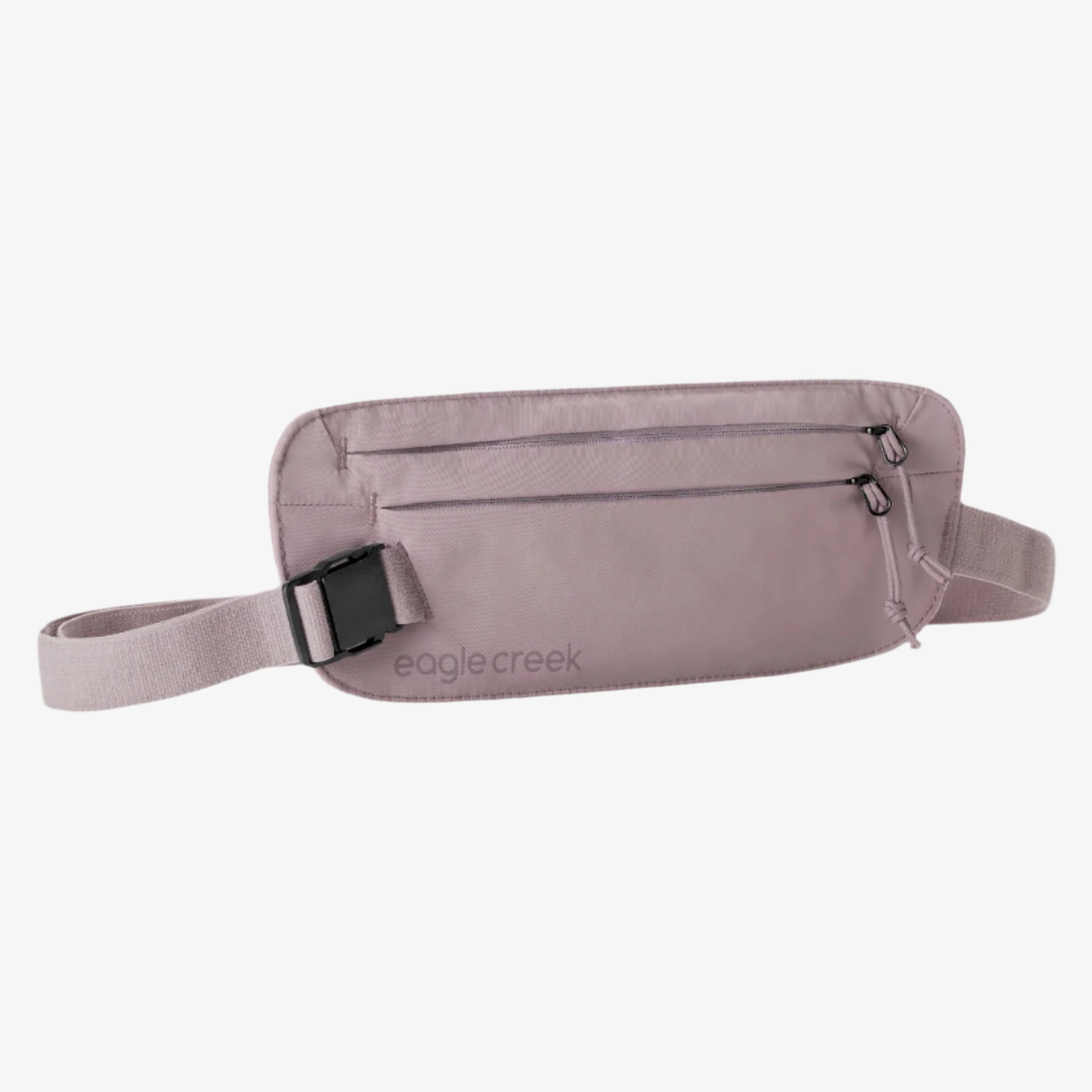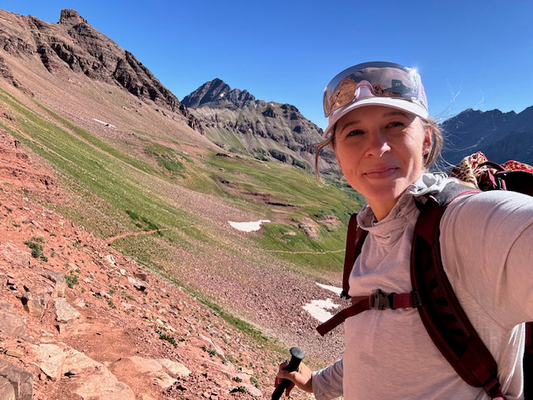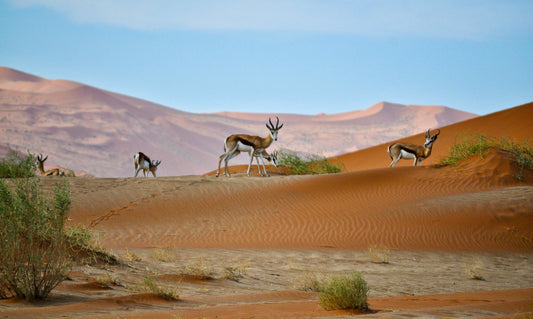Discover the Best Hiking in the Midwest
The American Midwest isn't necessarily known as a hiking hotbed, but if you know where to look, you can find great trails with waterfalls, wildlife, and wilderness.
Lacking any towering mountain ranges or iconic national parks, the American Midwest is not typically regarded as an area with the best scenic hiking opportunities. (Check out the Grand Canyon or Glacier National Park for some dramatic landscapes.), But this region is home to some great hiking trails that pass by lakes, waterfalls, forests, and prime wildlife areas.
Hikes in the Midwest range from short treks in the woods to much longer trails that crisscross entire states. If you're ready to grab a backpack and head out for an off-the-beaten-path journey, here are the best Midwestern hikes—and what to pack when you embark on your trip.
The Best Hiking Trails in the Midwest
Starved Rock State Park, Illinois
Central Illinois is generally flat, but Starved Rock State Park is a notable exception. Melting glaciers carved its valleys and canyons thousands of years ago, leaving behind a number of gorgeous waterfalls and exposed sandstone walls. Located 90 minutes from Chicago and three hours from St. Louis, Starved Rock offers 13 total miles (20.9 total kilometers) of hiking trails. The 4-mile (6.4-kilometer) loop starting at the Visitor Center and passing by the Illinois River is perhaps the most scenic hiking spot in the state. Visit during the spring to see the waterfalls in their most active state.
Superior Hiking Trail, Minnesota
Long-distance hikers in the Midwest are surely familiar with the Superior Hiking Trail, a popular year-round trail that runs from Duluth through northern Minnesota for about 300 miles (483 kilometers), ending near the Canadian border. The “Superior,” in this case, refers to the Great Lake that the trail follows, but it could also describe the quality of the hiking along the way. You'll likely see moose, deer, rapids, and canyons and can take advantage of the elevated ridges to gaze out at the largest lake in the Western Hemisphere. Tackle a smaller section of the trail by visiting any of the eight state parks through which the Superior Trail passes.
Buckeye Trail, Ohio
Some people aren't even aware that Ohio has a national park, but the 20,000-acre Cuyahoga Valley officially earned that designation in the year 2000 after spending nearly four decades as a National Recreation Area. Cuyahoga Valley National Park is a good place to jump onto the Buckeye Trail, a massive, 1,450-mile (2,334-kilometer) path that winds around the perimeter of the state. The Cuyahoga portion of the Buckeye Trail, known as the Akron Section, is an exciting summer hike for those with a fair amount of hiking experience since it features some rough terrain and occasional creek crossings.
Clark Lake Trail, Michigan
Within the Ottawa National Forest in Michigan's Upper Peninsula is the Sylvania Wilderness, roughly 18,000 acres of wildlife-rich forest area. Follow the 8-mile (13-kilometer) trail that loops around 820-acre Clark Lake for a moderately strenuous hike. Keep an eye out for bald eagles, otters, and black bears, and listen for wolves and owls at night. Clark Lake has a 48-site campground for hikers who want to load up a pack and spend the night in the wilderness. Clark Lake is most easily accessed during summer, but dedicated snowshoers can find winter fun on the trail.
Ozark Trail, Missouri
In 2013, the hiking nonprofit organization American Trails named Missouri the “Best Trails State” for its abundance of wonderful trails, including the famous Ozark Trail, which consists of more than 350 miles (563 kilometers) of paths in the Ozark highlands. One of the most rewarding sections of the Ozark Trail covers 12 miles (19 kilometers) between Taum Sauk and Johnson's Shut-Ins State Parks. Hikers on this challenging path will encounter mountains, rock formations, the highest waterfall in Missouri, and a natural swimming pool (so visit when the weather is warm!)
What to Pack for a Hiking Trip
Need some help prepping for your trip? Here’s what to bring when you visit the best hiking trails in the Midwest.
-
A Hiking Backpack: For longer treks, you’ll want to get fitted with a hiking pack that’s comfortable on your body. If you’re camping, you’ll also want to find a packable tent that fits in your bag!
-
A Daypack: For shorter hikes, you can simply bring a daypack like the Wayfinder Backpack 20L to stash your gear. Go as lightweight as possible!
-
Water: You should bring at least half a liter of water per hour you plan on hiking—and then some, in case you’re out there longer than you anticipate. And bring even more if you’re doing a particularly strenuous hike or if you’re hiking in hot weather.
-
Snacks: Keep yourself fueled up on the trail! Pack trail mix, protein bars, energy bars, or fruits.
-
Layers: The weather can change drastically throughout the day, no matter where you’re hiking. Bring appropriate clothing layers.
-
Sunscreen: Lotion up to protect your skin—even in cold weather!
-
Insect Repellent: Nature isn’t always the kindest when it comes to bug bites. Be prepared with repellent so that you don’t end up scratching throughout your hike.
-
First-Aid Kit: Safety first! Bring a small first-aid kit in case anything happens.
-
Portable Charger: A small portable charger will ensure your phone stays functioning on the trail—for taking photos or in case of emergency.
-
Travel Towel: If your hike has a swimming hole, lake, or river crossing somewhere along the way, you’ll want to bring a towel to dry off. You can also sit on it if you break for lunch or use it to mop up sweat! Pack a lightweight model like the Travellite Towel XL, which is super packable.
-
Packing Cubes: If you’re throwing a bathing suit on to go swimming during your hike, don’t forget a Pack-It Isolate Cube. The packing cube is coated in antimicrobial treatment, so it’s perfect for storing wet bathing suits or sweaty clothes—no smell!
